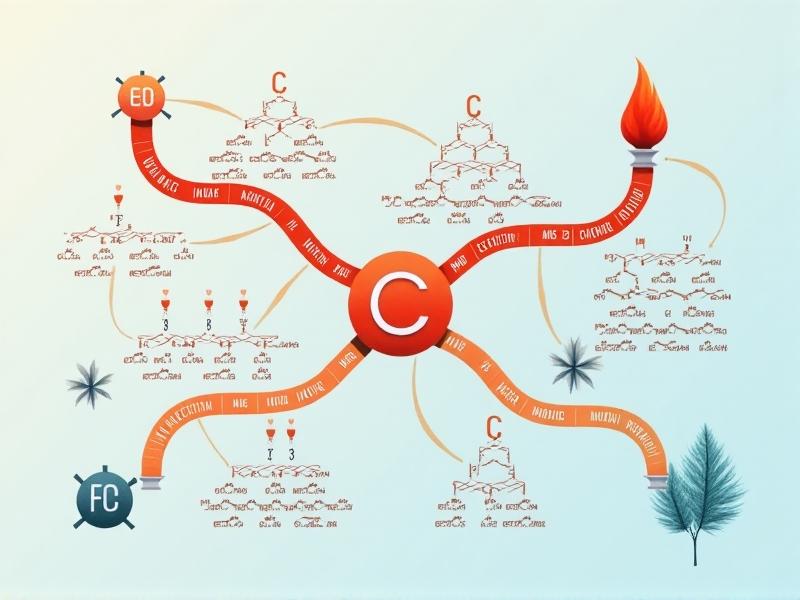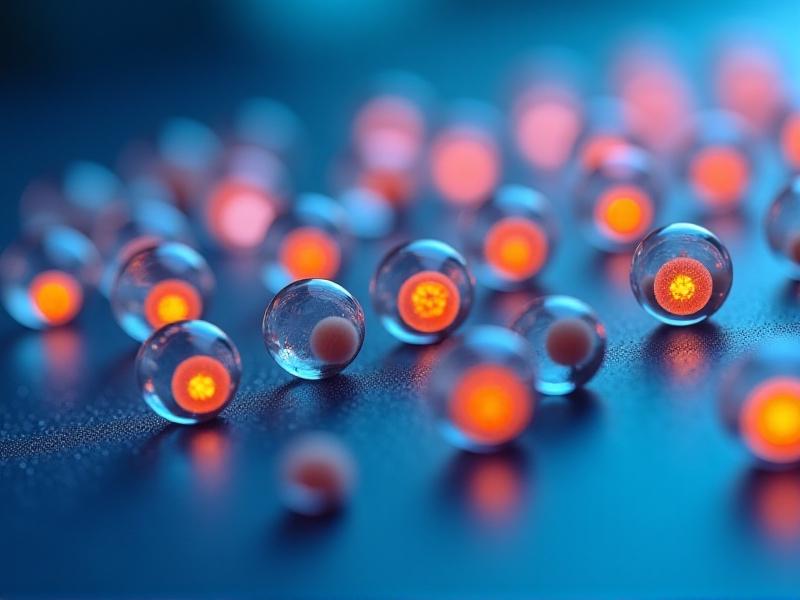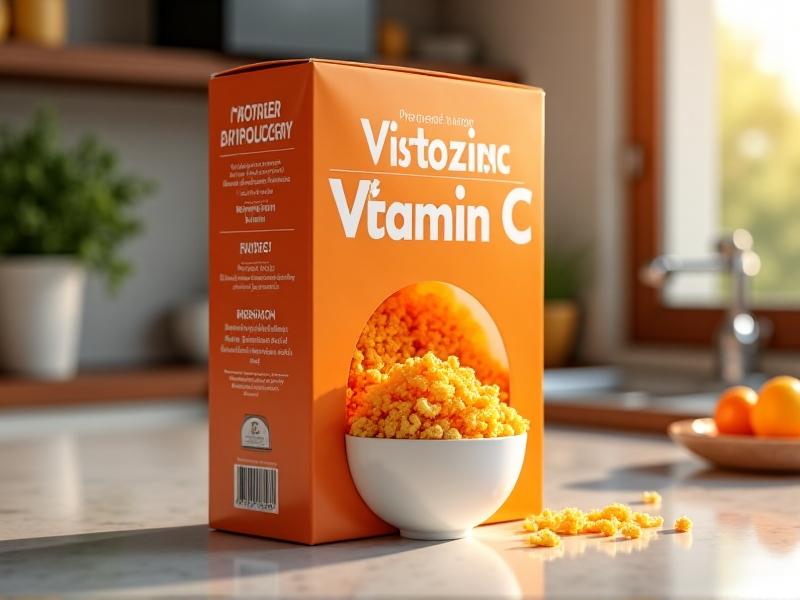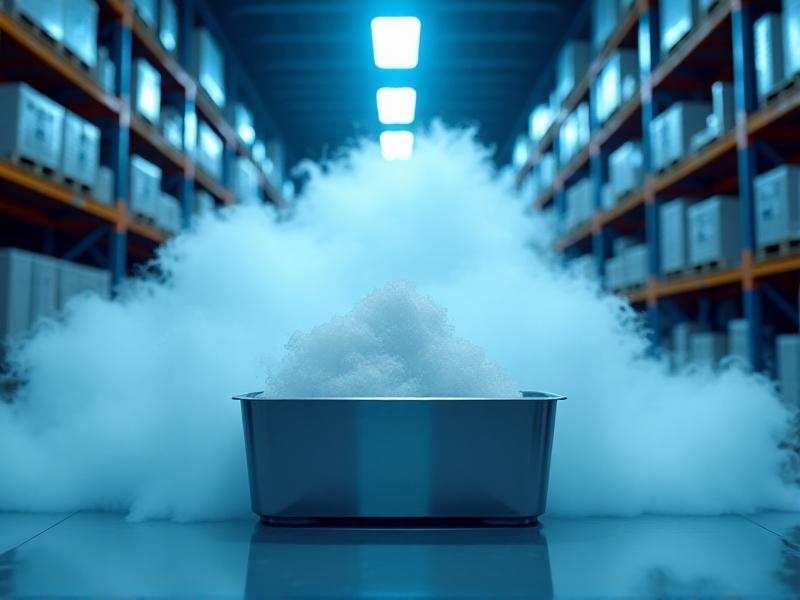Vitamin C Preservation in Dry Environments
The Science of Vitamin C Stability in Low Humidity
Vitamin C, or ascorbic acid, is renowned for its antioxidant properties and role in human health. However, its instability in certain environments poses significant challenges, particularly in dry conditions. Unlike moisture-rich settings where oxidation dominates, arid environments introduce unique stressors like crystalline restructuring and accelerated oxidation due to increased surface area exposure. Studies show that even in low-humidity settings, trace moisture can act as a catalyst for degradation, especially when combined with heat or light. Understanding the balance between moisture content and physical state—crystalline versus amorphous—is key to preserving potency.

Degradation Pathways: Oxidation and Beyond
In dry environments, Vitamin C degradation follows both oxidative and non-oxidative pathways. Oxidation remains a primary culprit, with atmospheric oxygen reacting more aggressively with ascorbic acid when moisture is scarce. However, the absence of water also promotes non-enzymatic browning (Maillard reaction) if reducing sugars are present. Additionally, heat accelerates the breakdown of ascorbic acid into inactive compounds like dehydroascorbic acid. Research highlights that powdered Vitamin C in dry foods, such as fortified cereals, can lose up to 20% potency within six months due to these combined factors.

Preservation Techniques: From Encapsulation to Packaging
Encapsulation technologies, such as spray-drying with maltodextrin or liposomal coating, create physical barriers against oxygen and moisture. These methods reduce surface area exposure, slowing degradation. In pharmaceuticals, excipients like microcrystalline cellulose stabilize Vitamin C tablets by absorbing residual moisture. Packaging innovations—like nitrogen-flushed wrappers or desiccant-containing pouches—further extend shelf life. For example, silica gel packets in dried fruit snacks maintain low water activity, preventing recrystallization and preserving nutrient integrity.

Industry Applications: Success Stories and Lessons
The food and pharmaceutical industries offer compelling case studies. Infant formula manufacturers use fat-coated Vitamin C powders to prevent interaction with iron particles, ensuring stability during storage. In cosmetics, anhydrous serums with stabilized ascorbic acid derivatives (e.g., tetrahexyldecyl ascorbate) avoid degradation while delivering antioxidant benefits. A notable failure involved a dehydrated soup mix losing 40% of its Vitamin C within three months due to inadequate packaging—underscoring the need for multi-layered preservation strategies.

Future Innovations: Smart Materials and Genetic Engineering
Emerging technologies promise revolutionary advancements. Researchers are developing edible, oxygen-absorbing films made from whey protein and activated charcoal for dry food applications. In biotech, CRISPR-modified plants engineered to produce D-ascorbic acid—a more stable isomer—could redefine dietary sources. Meanwhile, smart packaging with pH-sensitive indicators alerts consumers to nutrient loss via color changes. These innovations, coupled with AI-driven stability modeling, aim to mitigate degradation challenges in arid climates and beyond.








